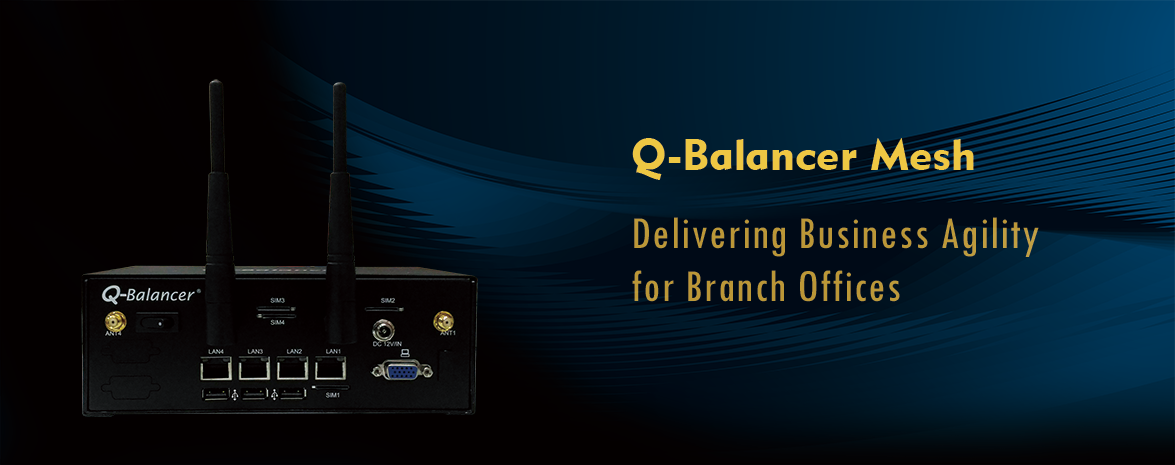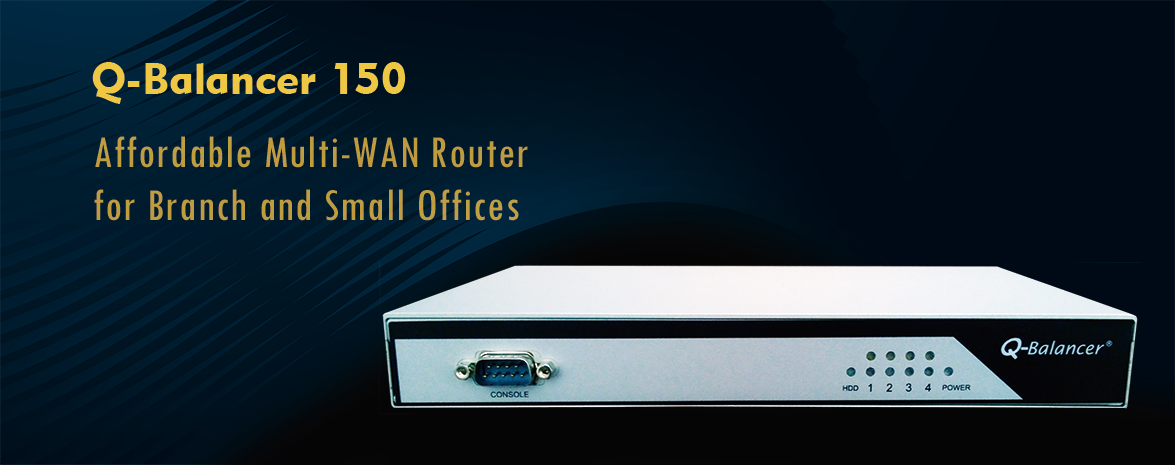MPLS is one of the most common solutions in enterprise networks, where a private, reliable, low-latency connectivity is needed to connect offices in locations. However, it is expensive and has limitations, including limited bandwidth and flexibility, long lead time, and reliance on carriers.

MPLS Network
Many organizations use site-to-site VPNs for private network service as an alternative to MPLS networks. Just like MPLS, corporate networks can securely communicate and share resources with branch offices via site-to-site VPN, which is mostly created based on broadband connections. Enterprises save money by using broadband connections to build site-to-site VPN networks. However, they might lose out on some advantages of using MPLS such as stability, latency, and bandwidth guarantees.

Site-to-Site VPN Network
Problems to be solved:
> Single point of failure
> Bandwidth Capacity
> Scalability
The inbuilt technology of VPN load balancing is designed to enhance VPN connectivity and reliability. It provides a faster, more reliable and secure connectivity for all online activities from browsing, video streaming, to large file transfers. The setting of VPN bonding on Q-Balancer can be completed in a minimal effort, and even auto-provisioned.
Solution: Automated VPN Failover
> Adding Q-Balancer appliances and low-cost broadband connections at both ends.
> Diverting VPN traffic to the remaining active path in case link outages occur.

Automated VPN Failover
Solution: VPN Bonding
> Distributing VPN traffic across multiple paths by using the technology of VPN bonding.
> Adding WAN links for more bandwidth when needed.

VPN Bonding
























































